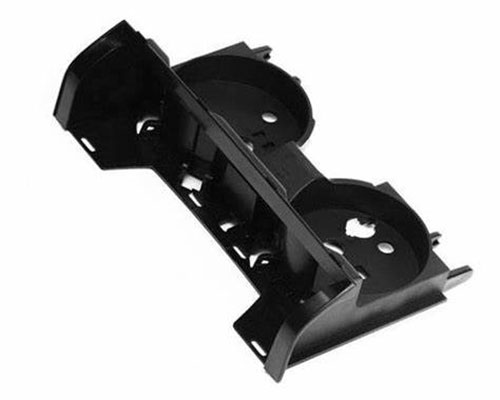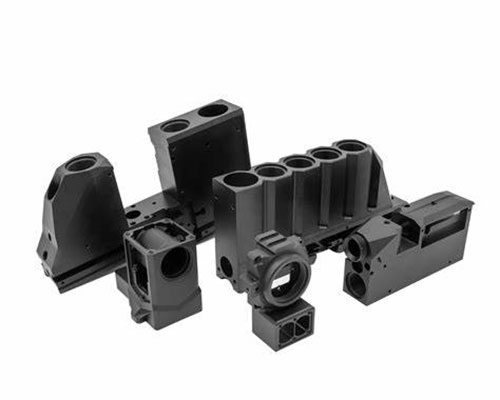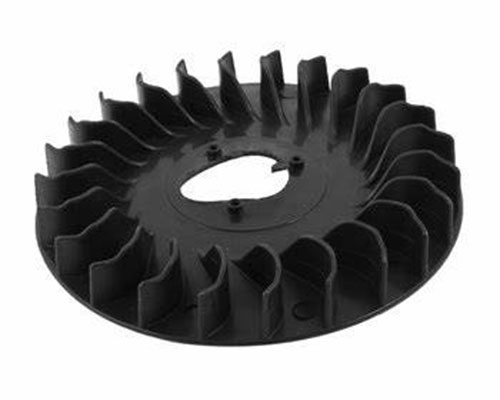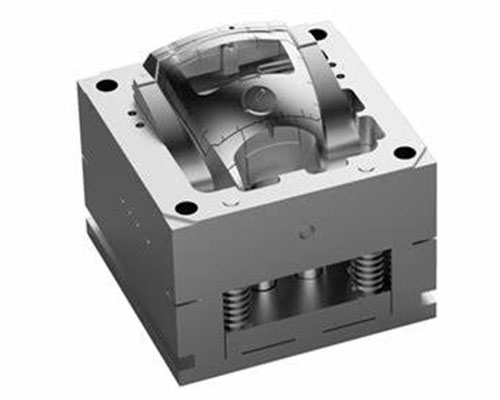Prototyping and Manufacturing Application in Machine parts Industries
Accelerate Your Machine Industry Production with Yigu Technology. Struggling with slow prototyping or scaling production? Yigu Technology delivers end-to-end manufacturing solutions tailored for the machine industry.
Key Benefits:
✔ ✅Rapid Prototyping: Turn concepts into functional parts in days, not weeks.
✔ ✅Mass Production: High-volume output with consistent quality and cost efficiency.
✔ ✅Precision Engineering: CNC, injection molding, and 3D printing for complex designs.
✔ ✅Scalable Solutions: Seamlessly transition from prototype to full-scale production.
Upgrade your workflow—partner with Yigu for innovation that moves at your speed.
Introduction
In the dynamic landscape of machine industries, the seamless integration of rapid prototyping and mass production has emerged as a pivotal strategy for innovation and efficiency. As a product engineer at Yigu Technology, I have witnessed firsthand how these advanced manufacturing techniques are revolutionizing the way we design, develop, and produce machine parts. This article delves into the applications of rapid prototyping and mass production in machine industries, exploring the core technologies, material considerations, quality control measures, and real-world case studies that highlight the transformative impact of these methodologies.
Rapid Prototyping Technologies in Machine Industries
Rapid prototyping has become an indispensable tool in the machine industry, enabling engineers to quickly transform conceptual designs into tangible prototypes. Technologies such as 3D printing, CNC machining, stereolithography (SLA), selective laser sintering (SLS), and fused deposition modeling (FDM) have democratized the prototyping process. These additive and subtractive manufacturing techniques allow for layer-by-layer construction and rapid tooling, significantly reducing the prototype development cycle. Digital fabrication and direct digital manufacturing (DDM) further enhance the precision and speed of prototype creation, facilitating iterative design improvements and accelerating time-to-market.
Mass Production Techniques in Machine Manufacturing
Mass production remains the cornerstone of the machine industry, driving economies of scale and cost-effective manufacturing. Techniques such as injection molding, die casting, stamping, and extrusion are employed to produce large volumes of machine parts with high consistency. Assembly line production, powered by automated production systems and lean manufacturing principles, ensures efficient and scalable manufacturing processes. Just-in-time (JIT) production and continuous flow manufacturing methodologies further optimize production efficiency, reducing waste and enhancing overall productivity. The focus on scalability and cost-effective mass production enables machine manufacturers to meet global demand while maintaining high-quality standards.
Integration of Rapid Prototyping and Mass Production
The integration of rapid prototyping and mass production is a game-changer for the machine industry. Bridging prototyping to production involves strategic approaches that ensure seamless transitions from initial prototypes to full-scale manufacturing. Scalable prototyping solutions and hybrid manufacturing approaches enable designers to refine and iterate prototypes rapidly, incorporating design for manufacturability (DFM) principles from the outset. Flexible and agile manufacturing systems allow for customization in mass production, accommodating diverse customer requirements without compromising efficiency. Prototyping as a production tool enhances the ability to detect and resolve design and manufacturing issues early in the development process, minimizing risks and costs associated with large-scale production.
Material Considerations in Rapid Prototyping and Mass Production
Material selection is a critical factor in both rapid prototyping and mass production. A wide range of materials, including polymer materials, metal alloys, composite materials, and biodegradable materials, are utilized to meet specific performance requirements. Understanding material properties such as strength, durability, and flexibility is essential for optimizing part design and ensuring compatibility with manufacturing processes. Material cost analysis and considerations of recyclability and sustainability are increasingly important in the context of environmental responsibility. Advanced material development and rigorous testing and validation processes ensure that materials meet industry standards and perform reliably in real-world applications.
Quality Control in Rapid Prototyping and Mass Production
Ensuring high-quality standards is paramount in both rapid prototyping and mass production. Quality assurance processes, including inspection techniques, statistical process control (SPC), and non-destructive testing (NDT), are employed to detect and prevent defects. The Six Sigma methodology drives continuous improvement and process capability analysis, enabling manufacturers to maintain tight tolerance management. Compliance with industry standards and the integration of customer feedback are crucial for meeting customer expectations and driving innovation. Root cause analysis (RCA) for defects helps identify and address underlying issues, fostering a culture of continuous improvement (Kaizen) throughout the manufacturing process.
Case Studies of Machine Parts
Case Study 1: Automotive Engine Components
In the automotive industry, rapid prototyping and mass production techniques have been instrumental in developing high-performance engine components. Using 3D printing and CNC machining, engineers at Yigu Technology created intricate prototypes of engine parts, allowing for rapid iteration and refinement. The integration of these prototypes into mass production processes, utilizing injection molding and die casting, ensured scalability and cost-effectiveness. Material considerations, such as selecting high-strength metal alloys, were crucial in meeting the demanding performance requirements. Rigorous quality control measures, including SPC and NDT, ensured that each component met stringent industry standards, contributing to the overall reliability and efficiency of the engine.
Case Study 2: Industrial Gear Systems
For industrial gear systems, the combination of rapid prototyping and mass production has streamlined the development and manufacturing process. Stereolithography (SLA) and selective laser sintering (SLS) enabled the creation of precise gear prototypes, allowing engineers to validate designs and make necessary adjustments. Transitioning to mass production, techniques such as stamping and extrusion were employed to produce large quantities of gears with high precision. Material selection focused on durable and wear-resistant materials, ensuring long-lasting performance. Quality control measures, including defect detection and prevention, ensured that each gear met the required tolerance levels, enhancing the overall reliability of the gear systems.
Case Study 3: Aerospace Structural Components
In the aerospace industry, the application of rapid prototyping and mass production techniques has led to the development of lightweight and high-strength structural components. Additive manufacturing techniques, such as FDM and DDM, allowed for the creation of complex geometries in prototypes, reducing weight while maintaining structural integrity. The integration of these prototypes into mass production processes, utilizing advanced manufacturing systems, ensured scalability and efficiency. Material considerations, such as the use of advanced composite materials, were essential in meeting the stringent performance requirements of aerospace applications. Comprehensive quality control processes, including Six Sigma methodology and continuous improvement initiatives, ensured that each component met the highest standards of quality and reliability.
Conclusion
The integration of rapid prototyping and mass production in the machine industry has unlocked new possibilities for innovation, efficiency, and quality. As a product engineer at Yigu Technology, I have seen how these advanced manufacturing techniques have transformed the way we approach design, development, and production. By leveraging technologies such as 3D printing, CNC machining, injection molding, and die casting, and by carefully considering material selection and quality control, we can create machine parts that meet the highest standards of performance and reliability. The case studies highlighted in this article demonstrate the real-world impact of these methodologies, showcasing the seamless transition from prototype to production and the significant benefits they bring to the machine industry. As we continue to push the boundaries of manufacturing technology, the future holds even greater potential for innovation and growth.



